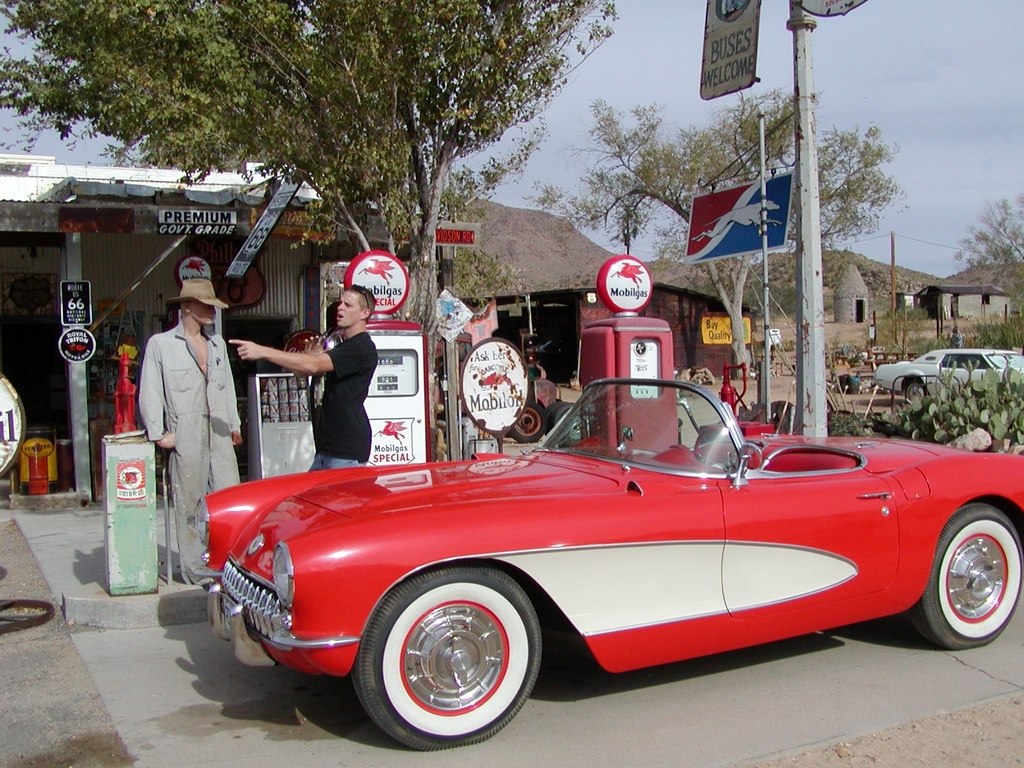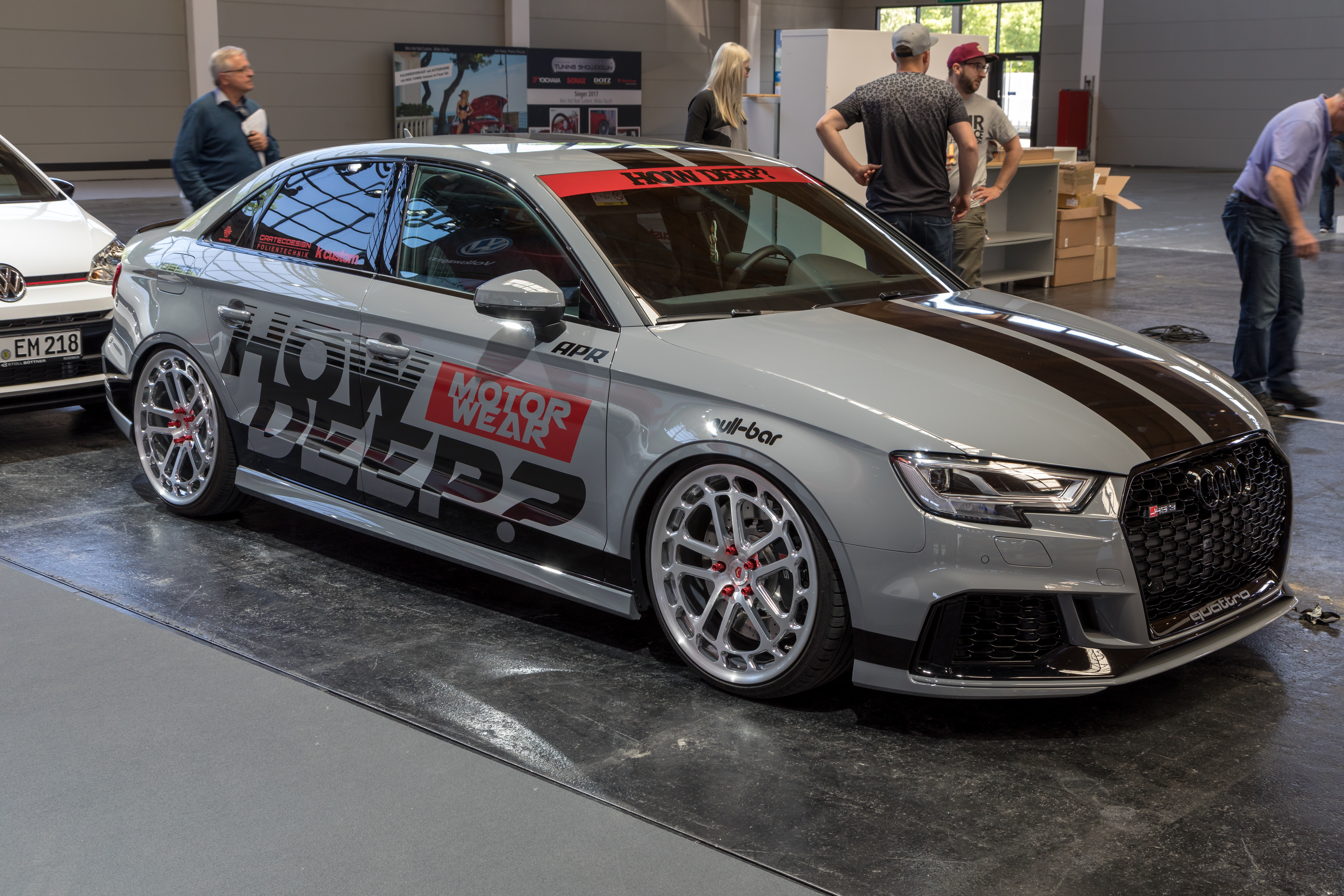
The 1960s was an incredible decade for cars, marked by groundbreaking innovation, stylish designs, and an exhilarating passion for speed. Yet, amid the celebrated classics, there were also disappointments that reminded us that not every automotive dream came to fruition. In this slideshow, we’ll take you on a journey through some of the most regrettable rides of the 1960s, revealing the stark contrast between their intended appeal and their actual performance.
1. **MG VA (1937)**: While technically predating the 1960s, the MG VA is an example of how enthusiasm can sometimes cloud judgment. With a meager 54bhp from its 1.5-litre engine, it failed to deliver the sporty performance that MG fans desired. But let’s not dismiss it entirely. The VA was celebrated for its smooth handling and braking capabilities, making it a somewhat graceful ride despite its lacking power.

2. **Chevrolet Corvette (1953)**: The Corvette has transformed into an iconic symbol of American muscle over the years, but its initial launch was met with mixed reactions. The first model boasted a rather unexciting straight-six engine that delivered merely 148bhp, failing to impress speed enthusiasts. Only when the small-block V8 made its debut two years later did the Corvette finally start to seize the hearts of car lovers. Although some might argue the original missed its mark, it’s safe to say later versions more than made up for it.

3. **Mercedes-Benz 190SL (1955)**: Mercedes-Benz marketed the 190SL as a sporty GT, but with a 1.9-litre engine producing under half the horsepower of its sibling, the 300SL, it left performance enthusiasts wanting more. Despite this, the 190SL carved out a niche for itself as an elegant and accessible option, with over 25,000 units sold—proving that beauty can outshine sheer power.

4. **Porsche 912 (1965)**: The Porsche 912 was introduced as an affordable alternative to the famed 911, but its lackluster 1.6-litre engine failed to provide the thrill that many desired when compared to its more powerful sibling. Despite this shortcoming, the 912 found considerable popularity thanks to its reasonable price and quintessential Porsche style, proving that sometimes, compromise can lead to unexpected success.

5. **De Tomaso Mangusta (1967)**: The Mangusta was a stunning V8 sports car that promised excitement but was plagued by handling issues. Its engineers struggled with weight distribution and chassis rigidity, leading to a driving experience that was less than exhilarating. Yet, it paved the way for the more successful Pantera, proving that even missteps can lead to future triumphs.

6. **MGC (1967)**: The MGC aimed to boost the performance of the beloved MGB, but its heavier engine dramatically compromised handling. This resulted in a model that did not live up to the MGB’s sporty reputation. However, enthusiasts appreciate the MGC for its ambition, and many still seek them out for restoration projects.

7. **Opel GT (1968)**: Often compared to the Corvette, the Opel GT’s design was enchanting, but its performance was underwhelming with a 1.1-litre engine. Despite its beauty, this model catered more to style than to speed, yet it remains a beloved classic among collectors.

8. **Triumph TR250 (1968)**: The TR250 was essentially a downgraded TR5, with an engine that made it significantly less powerful. Despite the disappointing figures, it found favor among buyers, illustrating that sometimes, a car’s appeal goes beyond raw performance numbers.
9. **Ford Capri (1969)**: Touted as the ‘car you always promised yourself’, the Capri came with various engine options, yet some of the weaker configurations left drivers unenthused. The allure of its design, however, kept it popular, especially in the face of more powerful competitors.

10. **Matra Bagheera (1973)**: Known for its quirky three-seat layout, the Matra Bagheera was visually striking, but underwhelmed with a modest engine outcome. While it failed to make waves in performance, its design still garners interest from enthusiasts today.

11. **Ford Mustang II (1974)**: The Mustang II represented a significant shift from the original Mustang’s performance legacy, leading to a wave of criticism regarding its uninspiring design and powerlessness. Fans of the classic pony car felt betrayed by the introduction of a 2.3-liter four-cylinder engine that lacked the original’s zest. Nevertheless, the Mustang II still garners a dedicated fan base, largely due to its distinctive styling and nostalgia for the Mustang legacy.

12. **Chevrolet Vega (1971)**: Hailed as a compact car with innovative design and a lightweight body, the Vega quickly became known for its numerous quality issues. The introduction of a 1.6-liter four-cylinder engine offered decent performance, but many early models suffered from rust problems and engine failures, tarnishing its reputation. Despite the shortcomings, the Vega’s unique styling and affordability earned it a place in the hearts of many American drivers.

13. **AMC Pacer (1975)**: The AMC Pacer certainly made a statement with its distinct design, featuring a broad body and expansive glass area. However, it was hampered by a mediocre 3.8-liter six-cylinder engine that left much to be desired in terms of performance. Critics commonly deemed it as a quirky failure in automotive innovation, yet its unique look and cultural significance in various films have secured its place as a nostalgic favorite among collectors.

14. **Dodge Monaco (1977)**: The Dodge Monaco was aimed at the police market but quickly became known for its lack of performance and uninspired driving dynamics. The 5.2-liter V8 engine offered ample power, but many felt it couldn’t keep up with the sleek looks of the car. The Monaco is often remembered not for its speed but for its role in the iconic television show, “The Blues Brothers,” which has solidified its place in pop culture.

15. **Ford Pinto (1971)**: The Pinto is often remembered for its controversial safety issues, particularly its flammable fuel tank design. While it was marketed as an affordable, compact car, the safety concerns overshadowed its practicality. Nevertheless, the Pinto was a commercial success for Ford, showcasing that sometimes practicality and price can outweigh performance and safety.

16. **Chrysler Cordoba (1975)**: The Chrysler Cordoba aimed to attract luxury car enthusiasts with its plush interior and distinctive styling. Unfortunately, the performance did not match its luxurious aspirations, as the 5.2-liter engine left driving enthusiasts wanting more. Despite its underwhelming performance, the Cordoba achieved a sort of cult status, largely thanks to memorable advertisements featuring actor Ricardo Montalbán, which focused on the allure of luxury over raw power.
17. **Fiat Multipla (1998)**: Known for its unconventional looks and oddly shaped body, the Fiat Multipla generated a lot of mixed feelings. While it provided ample space and comfort for families, it was frequently criticized for its styling. Time has been kinder to the Multipla, as collectors now appreciate its quirky design and the practicality it offered.

Reflecting on these missed opportunities in automotive history, we recognize that each vehicle, despite its shortcomings, played a role in the ongoing story of automotive evolution. These cars remind us that creativity and ambition can sometimes lead to spectacular misfires, yet they also lay the groundwork for future innovations and improvements in design.
Related posts:
The (21) Most Popular 1960s Cars
Most Quintessential Cars of the 1960s
Muscle Cars of the ‘60s and ‘70s Part II: The Ugly





